A Guide to Car Segments
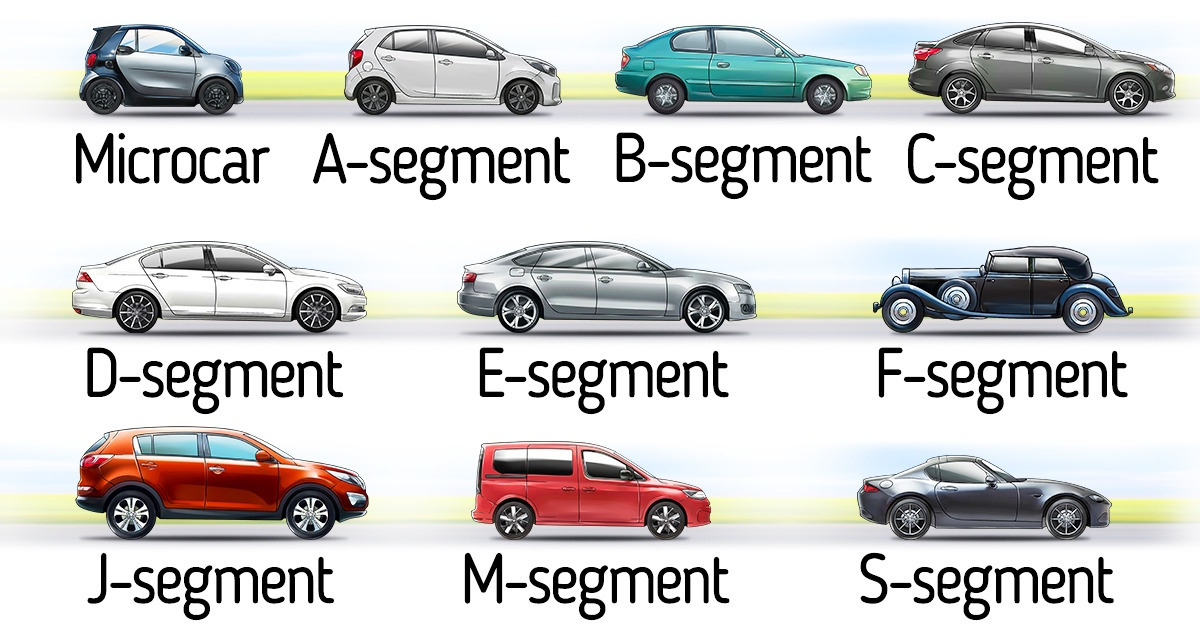
Cars can be classified by many different aspects: body type, engine type, drive type, and so on. Among other things, which include size, power, comfort, and technical characteristics, cars are divided into segments.
5-Minute Crafts would like to tell you about car segments and the specific features of each of them.
Microcar (kei car)
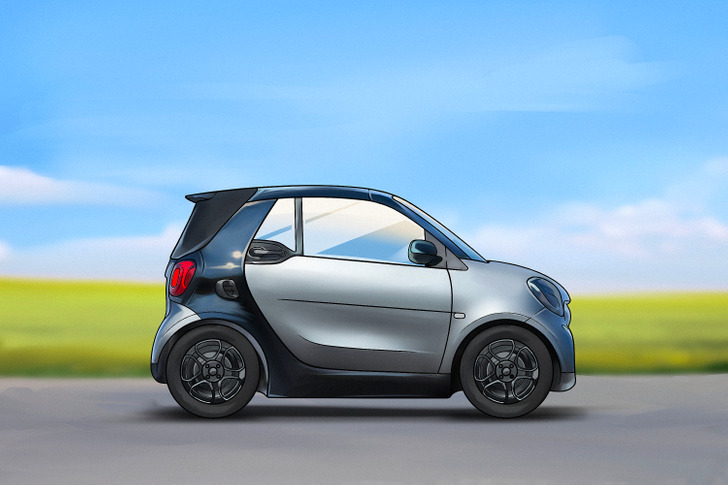
As the name suggests, microcars are the smallest cars. They can have 3 or 4 wheels, and their engine size usually doesn’t exceed 43 cubic inches. These cars are especially popular in Europe and Japan, where there is a separate name for them: a kei car.
Due to their characteristics, microcars are somewhere in between cars and motorcycles. In many countries, they have relaxed requirements for registration and licensing.
Examples: Honda Life, Smart Fortwo, Tata Nano
A-segment
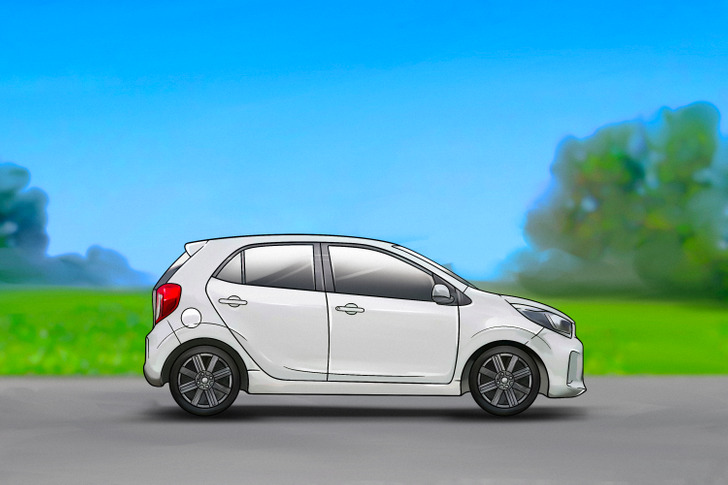
A-segment cars or, as they are also called, minicompact cars, are small cars designed for the city environment. They have a short length (no more than 12 feet) and height, and they usually have only 4 passenger seats. As a rule, they have a small engine, therefore, they are not suitable for long trips and off-road conditions.
Examples: Fiat 500, Kia Picanto, Chevrolet Spark, Hyundai i10, Toyota Aygo
B-segment
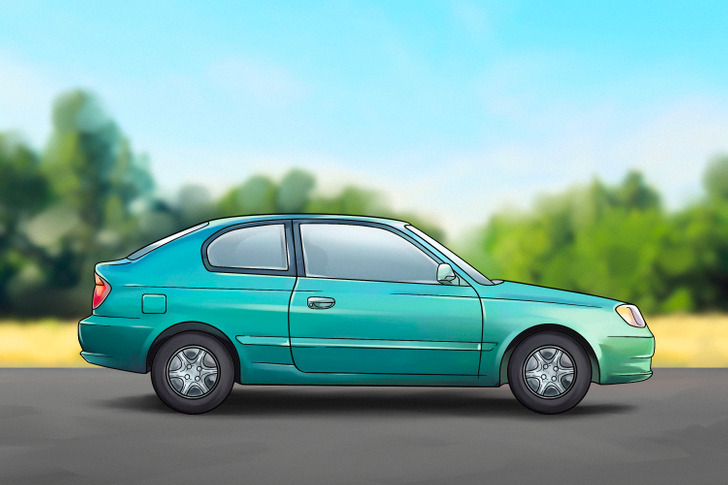
B-segment cars are similar in many ways to A-segment cars, although they are stronger and have heavier body structures. Most of them are equipped with 5 seats, and some also have folding rear seats and a quite spacious trunk. This segment includes various body types, like a hatchback, sedan, station wagon, coupe, and others.
Examples: Renault Clio, SEAT Ibıza, Volkswagen Polo, Hyundai Accent, Nissan Sunny, Kia Rio, Toyota Yaris
C-segment
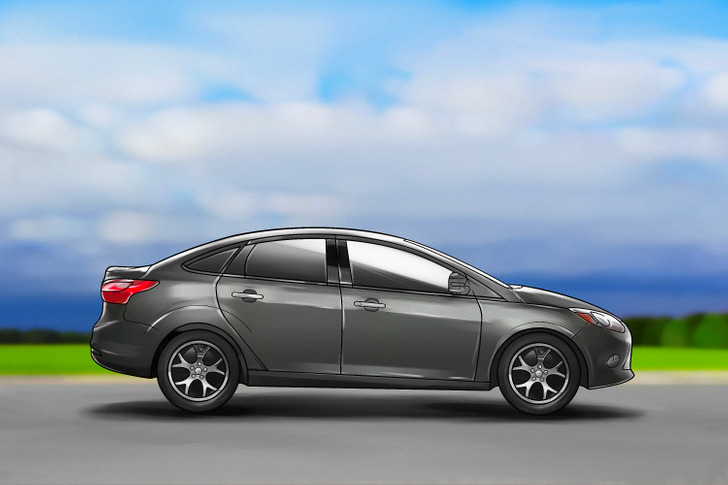
C-segment cars are mid-size cars or “small family cars.” They have a length of approximately 15 feet, are high performance, and often, they have an affordable price.
These cars usually have 5 seats and a spacious trunk, which is very convenient for families with 2 children.
Important advantages of these cars are versatility and practicality.
Examples: Ford Focus, Volkswagen Golf, Hyundai Elantra, Toyota Corolla, BMW 1-Series, Mercedes-Benz A-Class, Audi A3, Alfa Romeo Giulietta
D-segment
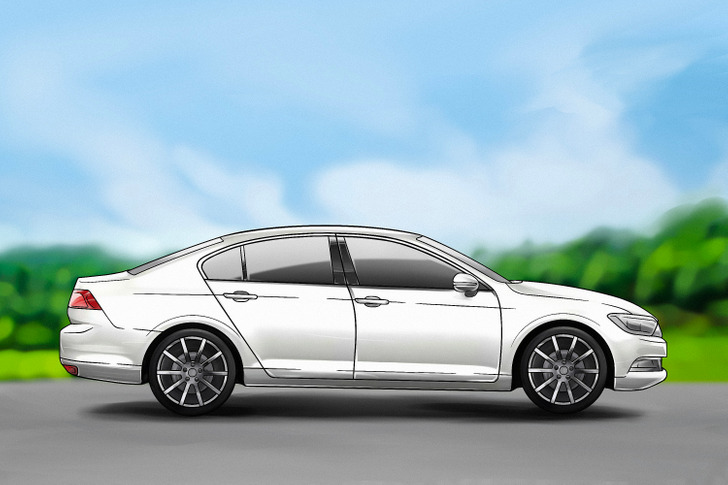
D-segment cars are described as “large cars.” Compared to previous segments, including C-segment cars, they are characterized by more impressive dimensions and higher performance. D-segment cars have a spacious, comfortable interior and a powerful engine.
Examples: BMW 3-Series, Volkswagen Passat, Tesla Model 3, Mercedes-Benz C-Class, Audi A4 / S4 / RS4, Škoda Superb, Volvo S60 / V60, Peugeot 508, Audi A5 / S5 / RS5, Ford Mondeo
E-segment
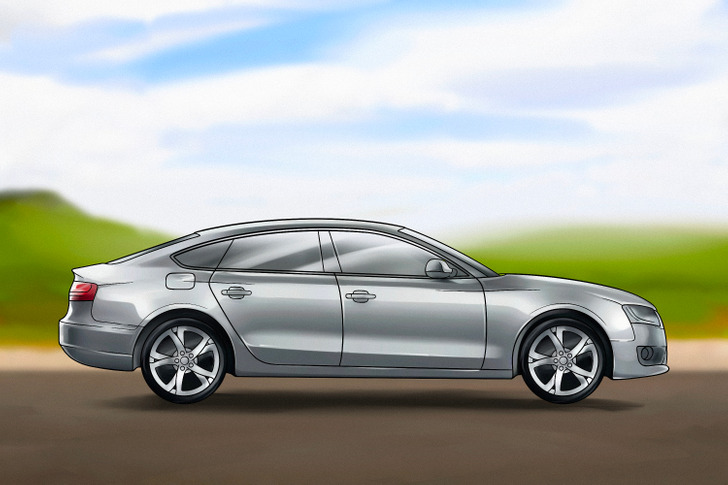
This segment includes top-class cars. They are comfortable and powerful in terms of performance. They offer more features and space than D-segment cars, but they are also more expensive.
Most E-segment cars are sedans, although some models may have a different body type (hatchback or station wagon).
Examples: Mercedes-Benz E-Class, Audi A5, BMW 5-Series, Chrysler 300
F-segment
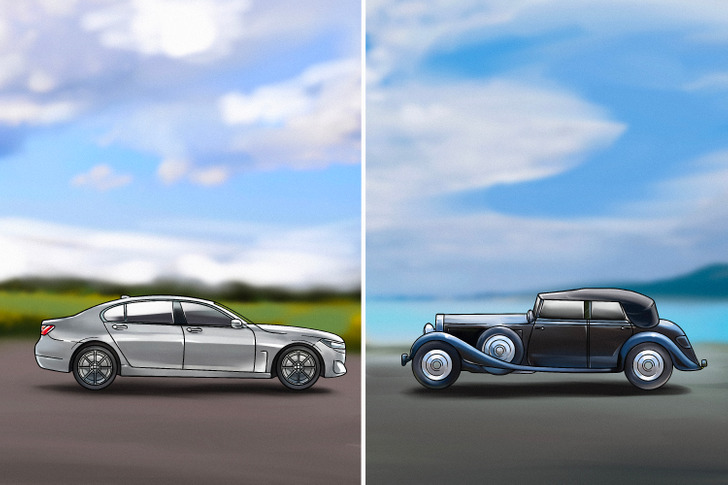
F-segment cars are also known as luxury cars. They are comfortable, easy to drive, and have improved technical and physical features.
Most cars in this segment have a sedan body type, and some models may have an extended wheelbase. F-segment also includes ultra-luxury cars.
Examples: BMW 7-Series, Mercedes-Benz S-Class, Audi A8
J-segment
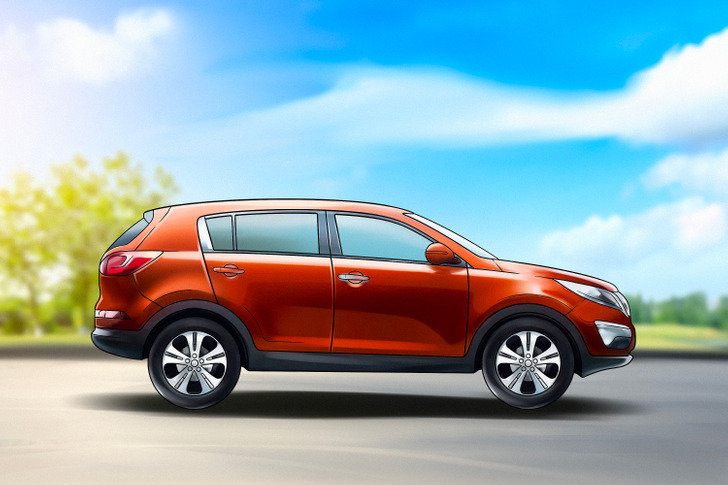
J-segment vehicles include crossovers and both small and large SUVs. They are characterized by a spacious interior with ample boot space and a powerful engine, whose size can reach up to 5 liters. Also, due to high ground clearance, these cars have increased off-road capability and controllability.
Examples: Kia Sportage, Nissan Qashqai, Land Rover vehicles, Toyota Land Cruiser
M-segment
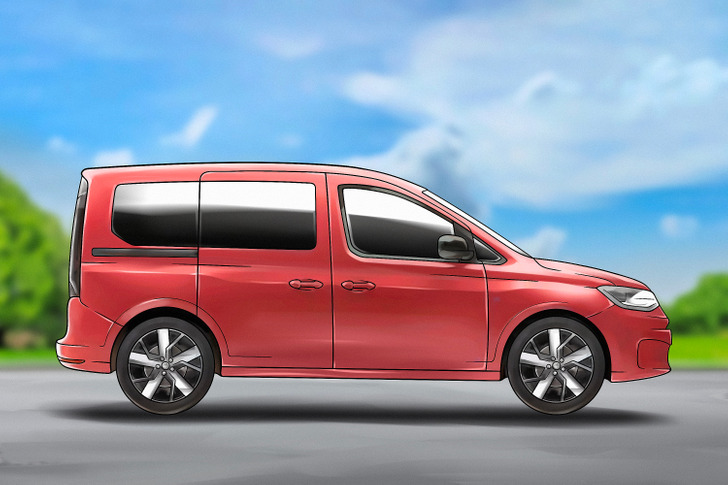
M-segment cars include minivans and cargo vans of various sizes. Minivans (passenger vans) often have removable rear seating, which allows you to transport bulky cargo along with people. They can have 5 to 9 seats. Cargo vans, on the other hand, don’t have rear seating and are designed for transporting cargo.
Examples: Honda Odyssey, Chrysler Grand Voyager, Toyota Previa, Hyundai H1, Ford C-Max, Citroën C4 Picasso, Opel Zafira
S-segment
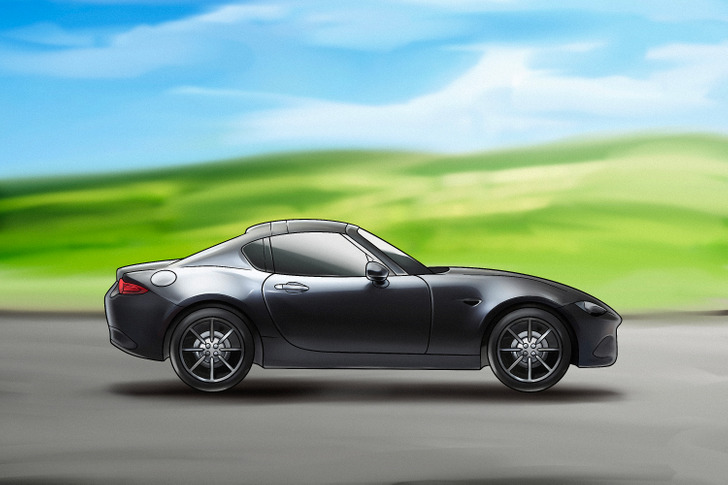
S-segment cars have a sporty appearance and superior handling. These can be both 2-seat and 4-seat cars, although, with a 2 + 2 layout, there will be very little space in the rear seats. These cars are usually presented with coupe and convertible body types.
Examples: Audi TT, Mazda MX-5, Porsche 911, Ford Mustang, Porsche Cayman